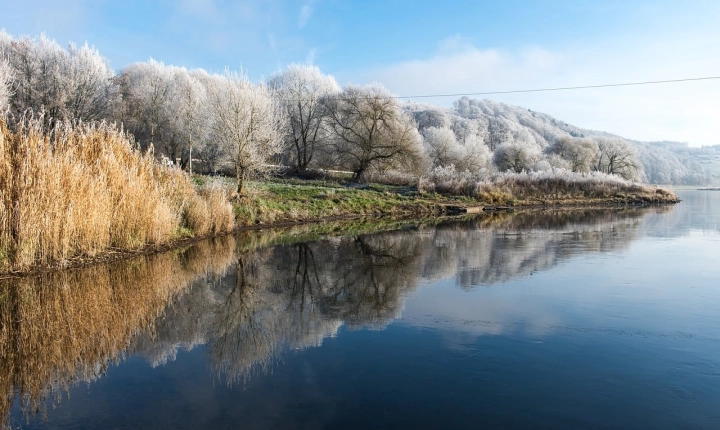Title: Does Dreamstime Accept AI-Generated Images?
In the fast-paced world of digital photography and design, technology continues to play a significant role in shaping creativity and innovation. One such innovation that has been making waves in the creative industry is the use of artificial intelligence (AI) to generate images. AI-generated images are computer-generated visuals produced by algorithms that can mimic the style and elements of traditional photography and design. This raises the question: do stock photography platforms, such as Dreamstime, accept AI-generated images?
Dreamstime is a popular stock photography platform known for its vast collection of high-quality, licensable images, graphics, and videos. As the demand for diverse and unique visuals grows, the question of whether AI-generated images are accepted by platforms like Dreamstime becomes increasingly relevant for photographers and designers.
AI-generated images have gained attention for their ability to produce high-quality visuals in a fraction of the time it would take a human photographer or designer to create them. These images can range from lifelike portraits and landscapes to abstract art and patterns, all created by algorithms based on data and patterns learned from existing images.
When it comes to Dreamstime, the platform has a submission process and guidelines that all contributors must follow when submitting their work. While Dreamstime does not explicitly prohibit AI-generated images, their acceptance ultimately depends on the platform’s guidelines and quality standards. Dreamstime aims to maintain a high standard of quality in its image library, and as such, any images, whether AI-generated or not, must meet these standards to be accepted.
One key consideration for AI-generated images on platforms like Dreamstime is the issue of copyright and originality. While AI-generated images are created by algorithms, the source material and ethics behind using existing visual data to train these algorithms can raise questions about the originality and intellectual property of the generated images. Dreamstime, like many stock photography platforms, places a strong emphasis on originality and the legal rights associated with the content submitted by contributors.
It is crucial for contributors to ensure that any AI-generated images submitted to Dreamstime do not violate copyright laws or infringe on the rights of others. Additionally, contributors should be transparent about the use of AI in the creation of their images, as transparency is key to maintaining the integrity of the creative process.
As AI technology continues to evolve, it is likely that platforms such as Dreamstime will need to stay abreast of these developments and adapt their policies and guidelines accordingly. This may involve addressing the unique challenges and considerations that come with accepting and managing AI-generated content while upholding the platform’s commitment to quality and originality.
Ultimately, whether Dreamstime accepts AI-generated images depends on how well such images align with the platform’s submission guidelines, quality standards, and legal considerations. As the creative landscape evolves, it will be interesting to see how platforms like Dreamstime navigate the integration of AI-generated content into their libraries while maintaining their commitment to authenticity and originality.
In conclusion, while the acceptance of AI-generated images on Dreamstime may not be explicitly outlined, contributors should carefully consider the platform’s guidelines and quality standards when submitting such content. Transparency, originality, and legal compliance are essential aspects to consider when exploring the use of AI-generated images in the stock photography industry.
